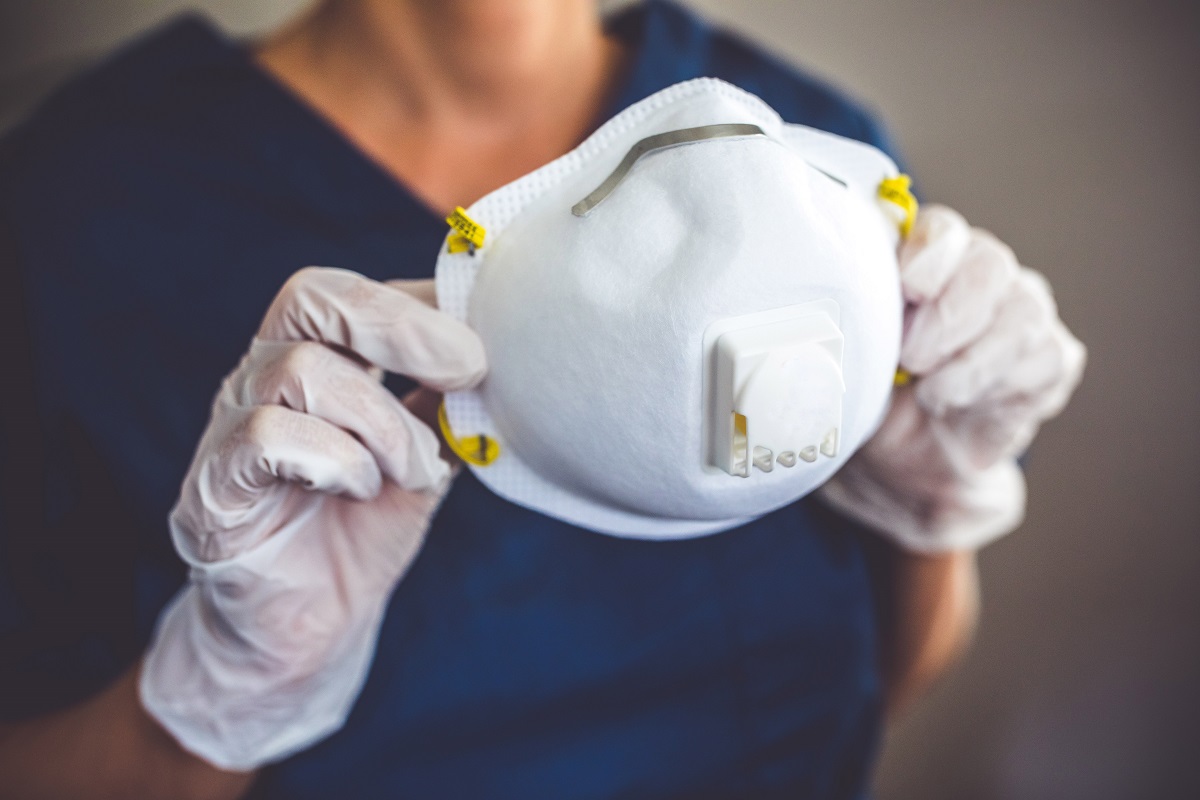India records 122 fresh COVID-19 cases
The total COVID-19 caseload of the country has risen to 4,50,26,261. These also include the JN.1 Covid variant cases.
The study has found that when a passenger wears a mask, an average of 0.0003 per cent of air particles around him can be infectious when the flight is full, and when one passenger is infected.

(Photo: iStock)
Astudy by the US Department of Defence which shows that the risk of contracting coronavirus on passenger flights is very low will come as a breath of, well, fresh air to the global airline industry, reeling under the impact of the epidemic. The study has found that when a passenger wears a mask, an average of 0.0003 per cent of air particles around him can be infectious when the flight is full, and when one passenger is infected.
The other reason for optimism cited by the survey are that masks minimise risks of infection. This is so even when a person seated alongside coughs because 99.99 per cent of particles are filtered out of the cabin within six minutes. The research was conducted on two aircraft ~ a Boeing 767 and a Boeing 777 ~ over six months and involved 300 tests during 38 hours of flight time and 45 hours of ground testing.
Advertisement
It was done by releasing particles the same size as the virus across the entire cabin by section, each of which had 42 sensors representing other passengers who could encounter the particles. Each test released 180 million particles ~ the number that would be produced by thousands of coughs. The study estimated that in order to receive be afflicted, a passenger would have to be in the cabin with the infected person for 54 hours.
Advertisement
The research appears to confirm a claim made by aircraft manufacturers Boeing, Airbus and Embraer who cited computational fluid dynamics research that simulated how particles circulate in the cabin to say air filters limited the spread of viruses.
The International Air Transport Association says it has identified only 44 flight related Covid cases since the beginning of 2020 among an estimated 1.2 billion people who travelled by air. Of course, this is not the number of infected people who boarded flights but only of those who contracted it on board.
Not surprisingly, and even though this figure must be an estimate, IATA Director- General Alexandre de Juniac has claimed that the risk of contracting Covid on a flight “appears to be in the same category as being struck by lightning.”
These developments come even as the International Civil Aviation Organisation has reported that 2020 (January to December) will see a 51 to 52 per cent contraction in airline seats, an overall reduction of about 2,981 million passengers and losses of about $400 billion in gross passenger operating revenues.
The greatest losses will be seen in the Asia-Pacific region, followed by Europe and North America. The report also forecasts a decline in international tourism receipts of between $910 million and $1.17 billion. These are scary projections and the industry can only hope that because of the Defence Department study, countries will feel encouraged to allow greater movement by air.
Advertisement